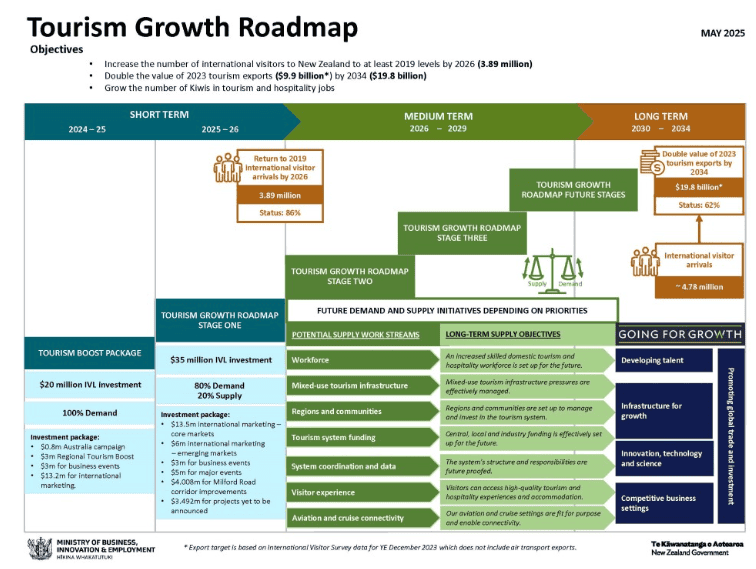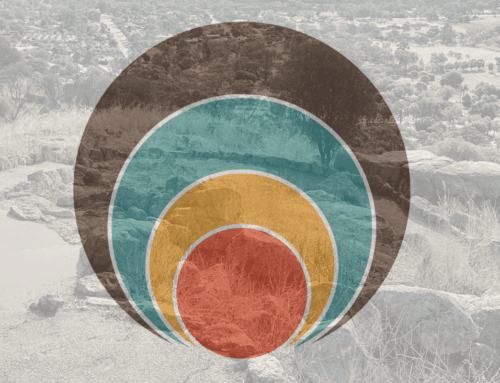The recently released Tourism Growth Roadmap signals a clear intention from the New Zealand Government to revitalise tourism as a major economic contributor. With ambitious targets—returning to pre-COVID visitor numbers by 2026 and doubling export earnings by 2034—the roadmap sets out a focused approach to stimulate demand through enhanced international marketing, events attraction and sector coordination.
It’s encouraging to see this level of commitment and structure. The emphasis on core and emerging international markets, off-peak travel and business events is a timely and strategic move to boost visitor flows and increase value. For regions and experience providers, this offers a clear opportunity to align with targeted campaigns and attract high-value, purpose-driven travellers.
However, while the demand-side focus is well-resourced and clearly articulated, the roadmap does raise a potential flag: without parallel investment in destination development and management, growth risks becoming unbalanced. The tourism sector has long acknowledged that true success is not just about the number of arrivals—it’s also about the quality of the experience, the capacity of the places welcoming visitors, and the wellbeing of the communities who host them.
That’s why it’s essential that the sector—and the Government—continue to prioritise supply-side investments alongside the marketing drive. Infrastructure, workforce development, environmental protection and cultural stewardship are all critical to ensure that the visitor experience is both enriching and sustainable.

The roadmap does nod to these elements in the medium- and long-term phases, with intentions to build local capability, improve connectivity and support regional resilience. These aspects will be crucial, particularly for regions looking to scale up or diversify their offerings.
In short, the roadmap provides a solid foundation and a welcomed signal of national support for tourism. But to truly deliver on its potential, it must be paired with an equally strong commitment to sustainable destination management, community wellbeing and regenerative growth. It’s in this balance—between promotion and protection, growth and guardianship—that Aotearoa can build a tourism future grounded in resilience, where both the sector and the communities it supports are better equipped to thrive through change and challenge.







